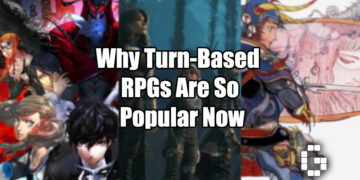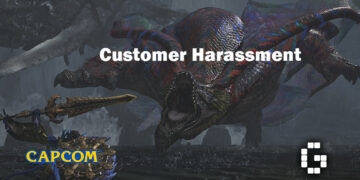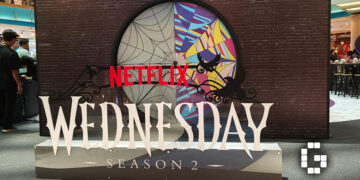In a gaming landscape saturated with fantasy RPGs, Blades of Fire carves its own path with a surprising focus on blacksmithing that’s more than mere window dressing. This upcoming dark fantasy adventure doesn’t just hand you legendary weapons—it challenges you to forge them yourself. Set in a kingdom where an evil Queen’s curse has turned steel weapons to stone, leaving humanity defenseless, players step into the boots of Aran De Lira, a battle-hardened warrior wielding one of the few magical smithing hammers capable of creating weapons to fight back. What elevates this premise beyond standard fantasy fare is how thoroughly the blacksmithing concept is woven into both narrative and gameplay mechanics, creating a cohesive experience where story and systems reinforce each other.
Rich Storytelling in a Familiar World
Blades of Fire presents a narrative that, while built on recognizable dark fantasy foundations, finds freshness in its execution. The story follows Aran De Lira’s quest for redemption alongside Adzo, a young scholar who chronicles their journey. This pairing creates a compelling dynamic—Aran’s brooding intensity balanced by Adzo’s scholarly optimism adds warmth to what could otherwise be standard grimdark territory.
The world-building draws inspiration from classic medieval epics but distinguishes itself through the Queen’s curse—a clever device that not only drives the plot but directly impacts gameplay by making steel rare and weapon-crafting essential. While not revolutionary in premise, the game executes its storytelling with purpose, skillfully interweaving lore with gameplay systems. The developers also aren’t afraid to inject moments of levity, such as a skeletal baby guide in a haunted tower, adding touches of ’80s fantasy cartoon absurdity to lighten the otherwise serious tone.
Combat: Directional Mastery
Combat in Blades of Fire represents a significant departure from genre norms. Rather than adopting the now-standard Soulslike control scheme, the game implements a directional input system where different buttons correspond to specific attack angles.

Enemies have specific vulnerabilities that must be exploited. The challenge is further deepened by multiple attack types—slash, pierce, and blunt—that can be swapped mid-combat. Weapons visually indicate enemy vulnerabilities through color-coding: green for full damage, orange for reduced impact, and red for ineffective strikes. While the control scheme initially feels unintuitive, particularly around dodging and blocking, the inclusion of difficulty settings (cleverly named after metals like Bronze and Steel) ensures accessibility without compromising challenge.
The combat is rounded out with stamina management, blocking mechanics, and weapon degradation systems. Weapons wear down through use, forcing players to either repair them at anvil checkpoints or craft replacements. There’s meaningful consequence to death, as weapons can be lost if not retrieved, adding tension to each encounter.
The Forge: Blacksmithing Reimagined
The game’s most innovative feature transforms weapon crafting from a menu-based afterthought into a core gameplay loop. Creating weapons involves selecting blueprints, choosing materials that affect various stats, and engaging in a mini-game where players manually shape molten metal with timed hammer strikes.
This system is remarkably tactile—the act of hammering feels weighty, with success determined by balancing strength, angle, and precision. Better performance during forging earns “stars” that determine how many times a weapon can be repaired before breaking permanently. New blueprints are unlocked organically by defeating enemies wielding those weapons.

The depth of customization goes beyond most RPGs—players can adjust a weapon’s length, sharpness, and handle characteristics, with each modification affecting attack speed, damage output, and handling. While potentially time-consuming, the “Forge Memory” system mitigates repetition by allowing players to save successful designs for quicker replication.
Visual Identity
Visually, Blades of Fire blends dark fantasy aesthetics with touches of cartoonish charm. Character designs feature exaggerated yet detailed elements—Aran’s scarred appearance and Adzo’s expressive animations provide personality, while enemies range from hulking trolls to ethereal wraiths. The game’s gore effects lean toward the theatrical, reminiscent of classics like Severance: Blade of Darkness rather than the more restrained approach of Dark Souls.

Environments showcase variety, from misty forests to gothic castles, with small details like reactive wildlife enhancing immersion. Performance remains smooth even during intense combat sequences, and the UI maintains clarity, though some elements like the weapon durability indicator could benefit from greater prominence.
Conclusion
Blades of Fire stands as a refreshing entry in the action-RPG genre, skillfully blending tactical combat, innovative crafting mechanics, and compelling storytelling. While its direction-based fighting system and hands-on forging may require patience to master, the resulting experience feels distinctive and rewarding.

The game successfully balances nostalgic fantasy elements with modern game design, creating something that feels both familiar and fresh. Despite minor control issues and the potential for crafting repetition over extended play, Blades of Fire is shaping up to be one of 2025’s standout titles for fans of tactical combat, dark fantasy worlds, or action-RPGs with meaningful systems. Its unique approach to weaponsmithing alone makes it worth watching as we move deeper into 2025.


![[BIC2025] Busan Indie Connect Festival 2025 Opens with Record-Breaking Participation](https://cdn.gamerbraves.com/2025/08/BIC-2025-Opening_News_FI-360x180.jpg)

![[BIC 2025] Indie Developer Shares IP Collaboration Insights at Busan Indie Wave Conference](https://cdn.gamerbraves.com/2025/08/BIWC-Collaboration_News_FI-360x180.jpg)

![[BIC2025] Indie Developer Shares Replayability Secrets at Busan Indie Wave Conference](https://cdn.gamerbraves.com/2025/08/BIWC-Replayability_News_FI-360x180.jpg)

![[BIC2025] Game Developers Share AI Innovation Insight at Busan Indie Wave Conference](https://cdn.gamerbraves.com/2025/08/BIWC-AI_News_FI-1-360x180.jpg)


![[EXCLUSIVE] Honor of Kings Goes Global: Interview with James Yang on International Esports Expansion](https://cdn.gamerbraves.com/2025/08/James-Yang-Exclusive_Interview_FI-360x180.jpg)

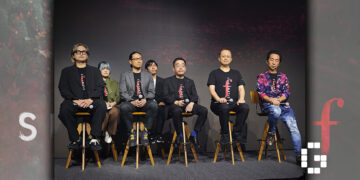

![[EXCLUSIVE] Creative Masterminds from Gearbox Software Reveal What Makes Borderlands 4 Worth the Wait](https://cdn.gamerbraves.com/2025/07/Borderlands-4-at-Bilibili-World-2025_Interview_FI-360x180.jpg)


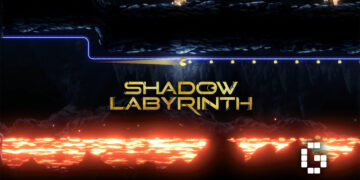

![[BIC2025] Busan Indie Connect Festival 2025 Award Winners Announced](https://cdn.gamerbraves.com/2025/08/BIC-2025-Closing-Ceremony_News_FI-1-350x250.jpg)

![[BIC2025] Busan Indie Connect Festival 2025 Opens with Record-Breaking Participation](https://cdn.gamerbraves.com/2025/08/BIC-2025-Opening_News_FI-350x250.jpg)

